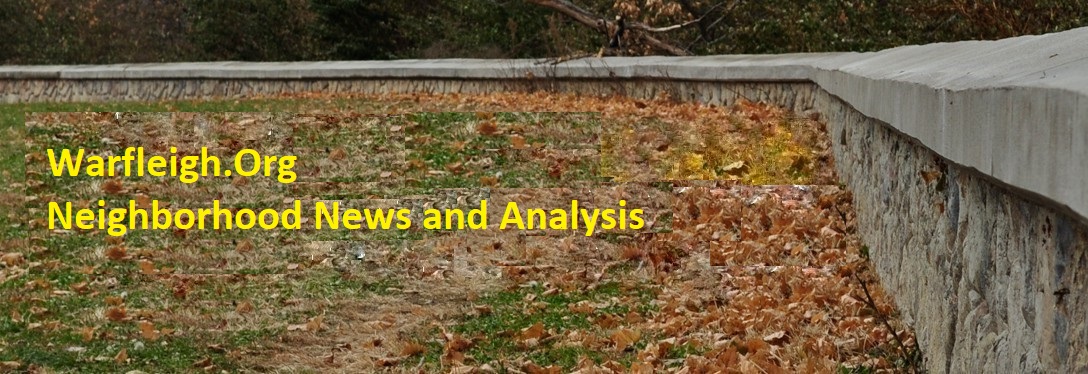January 22, 2015 – Study Will Briefly Close Canal Towpath
In working to complete the southern reach of the Indianapolis North Flood Damage Reduction Project, the Indianapolis Department of Public Works (DPW) has initiated a feasibility analysis of the proposed Canal West Bank levee alignment alternative. This is a part of the ongoing project to complete the line of flood protection in north Indianapolis.
The analysis will include topographic survey, geotechnical analysis, wetland delineation and structural analysis to determine the feasibility for the proposed alignment. The study is expected to be complete by summer 2015, and it will be coordinated by the Army Corps of Engineers, DPW and Citizens Energy Group.
The analysis will also require the closure of the Central Canal Towpath beginning in February for the completion of soil borings along the trail. The City estimates that the towpath could be closed for as many as 30 days, depending on weather.
Residents should use the following designated detour during the closure, which will be clearly marked with signs:
Use the sidewalk on Michigan Road to 42nd Street.
– 42nd Street to Haughey Avenue
– Haughey Avenue turns into W. Hampton Drive
– W. Hampton to Illinois Street
– Illinois Street to Westfield Boulevard, where the towpath can be accessed
See a map of the detour HERE.
The Canal West Bank alignment was identified as a popular local alternative to the original alignment along Westfield Boulevard proposed by the Corps. Stakeholders and the local water utility expressed the need to complete a feasibility analysis. DPW coordinated with the Corps through 2014 to determine the best approach for such an assessment.

Hi all,
Please remember, the Corps’ said on June 27, 2014 the following about the West Bank Alignment: “The proposal is similar to the alignment previously considered and subsequently rejected as economically and technically infeasible due to the prevailing soil conditions in the area,” and that the Corps did not consider this alternative “because a similar alignment was previously eliminated as technically and economically infeasible.”
This naturally raises various questions, among others:
• How do we reconcile the comments of the City and of the Corps?
• What is the new project timeline, including:
• When will the initial study be completed,
• When will required environmental impact studies be completed,
• When will construction commence,
• When will construction end, and
• When will project receive final certification?
• What will the City do if the West Bank Alignment again proves to be technically and economically infeasible?
While the above certainly represents limited progress, I think we still must remain extremely vigilant.
LikeLike